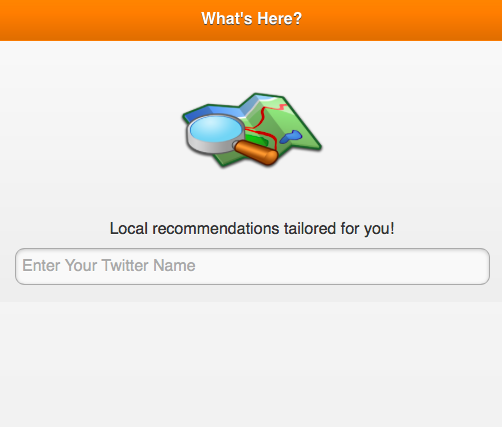Ever since Posterous was acquired by Twitter, I’d been meaning to ditch the service for something better. While it was convenient to post by email and enjoyable to forget about hosting, I missed controlling the structure of my raw posts and the site’s design.
So when I discovered Octopress, I was quickly won over. Finally, a hacker’s workflow: compose post in Markdown, generate static content, push content to Github Pages. And since all posts are in Markdown, you truly have portable, human-readable content!
...